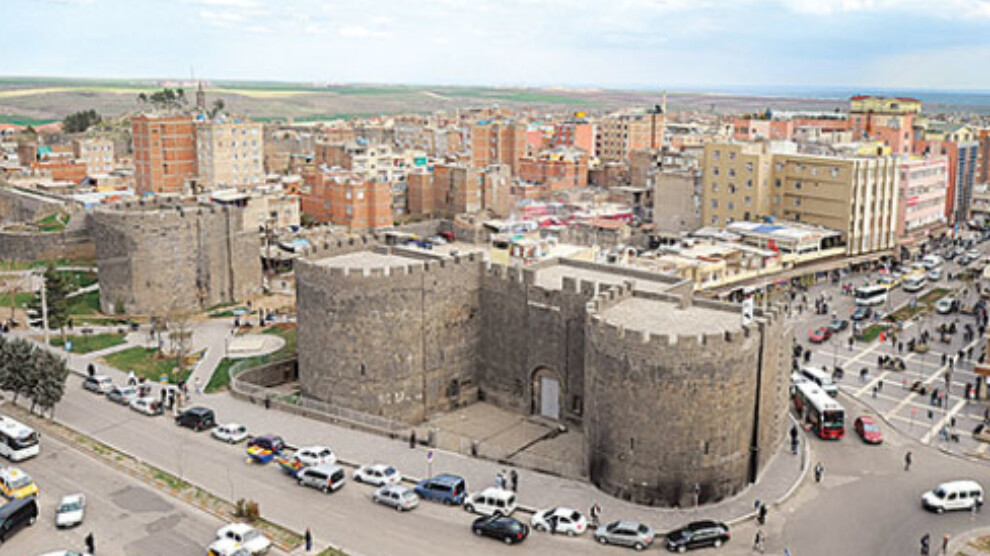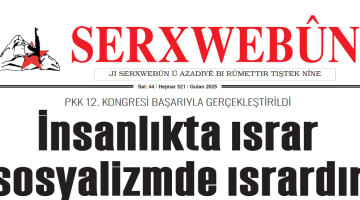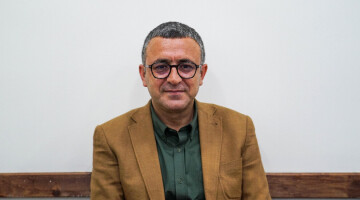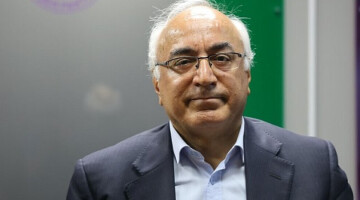The historic district of the Kurdish city of Diyarbakir (Amed), Sur, experienced large-scale displacement following the 2015-2016 armed conflict. DEM Party MP Ceylan Akça-Cupolo is calling for an investigation into the forced displacement of the population of Sur that occurred after the destruction of the historic district, which is included on the UNESCO world heritage list.
Ceylan Akça Cupolo, MP for the People's Equality and Democracy Party (DEM Party) representing Diyarbakır, submitted a parliamentary inquiry to investigate the significant damage caused by the 2016 expropriation decision in the Sur district of the city.
This area, known for its rich historical and cultural heritage, was the scene of significant destruction following a Cabinet decision resulting in the expropriation of 82% of the district. The district was among several other Kurdish regions in the country attacked by the Turkish army in 2015-2016, following the failure of the peace process.
After the siege and bombing ended, the government launched a large-scale urban transformation campaign to rebuild Sur, but critics say the campaign undermined the rights of local residents.
In her motion, Akça Cupolo highlighted several key issues:
Large-scale expropriation. The initial urgent expropriation decision in Diyarbakır encompassed all registered neighborhoods and structures in Sur district. This decision, approved by the then Ministry of Environment and Urban Planning on 21 March 2016, affected around 50,000 residents and numerous historical and cultural monuments.
Lack of consultation: The expropriation decision was made without consulting landowners, local residents, civil society organizations, professional associations, local governments or the management of the UNESCO site, despite the designation of the area as a UNESCO World Heritage Site in 2015. The district is home to 448 civilians and 147 monumental structures within the cultural landscape of Diyarbakır Fortress and Hevsel Gardens.
Questionable justification: The justification for the expropriation was based on the fact that the area was described as “at risk”, a justification that Akça Cupolo considers fraudulent. She argues that this label was used to avoid accountability and scrutiny.
Undervalued properties: Properties in the historic district of Suriçi, valued at around 15 million liras, were undervalued between 100,000 and 200,000 liras. Residents who refused these offers were forced to take on heavy debt to purchase new housing in outlying neighborhoods or newly constructed residential complexes. The completed houses and businesses were sold at public auction to investors by “Emlak Yönetim Hizmetleri ve Ticari A.Ş”.
Forced displacement: Tens of thousands of residents were abruptly informed that their structurally sound homes had been expropriated, forcing them to move. Many of these families had already been displaced during village burnings in the 1990s and had resettled in Sur neighborhoods, only to be forcibly evicted again.












